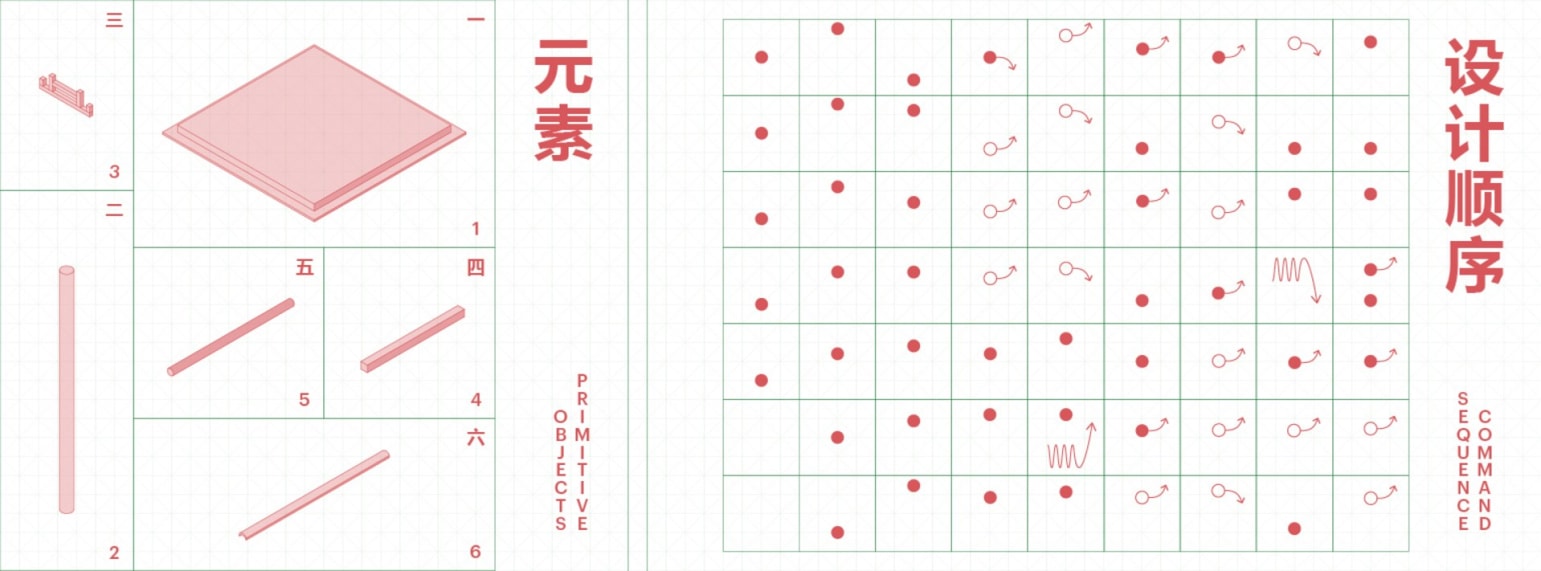Ning Loh is a designer interested in how culture shapes our interactions with technology. With roots in Bangkok, Hong Kong and Penang, she draws upon her own Chinese diasporic experience to interrogate existing conventions within the discipline of design and speculate on alternative approaches. She hopes to continue exploring themes of heritage and cultural identity in her work.
Prior to the RCA, Ning completed her undergraduate studies at the Princeton University School of Architecture. She has since worked on projects across various scales at Farshid Moussavi Architecture and Heatherwick Studio, including a new terminal for Changi Airport in Singapore and a shortlisted proposal for the National Portrait Gallery renovation.






